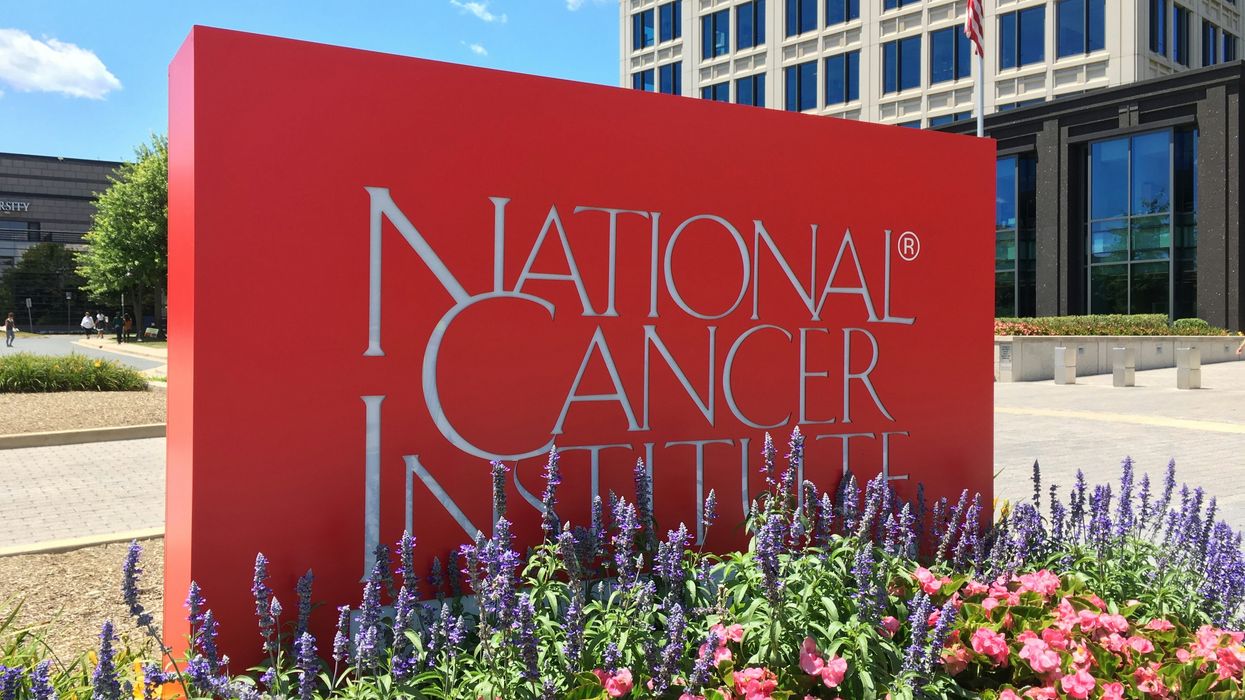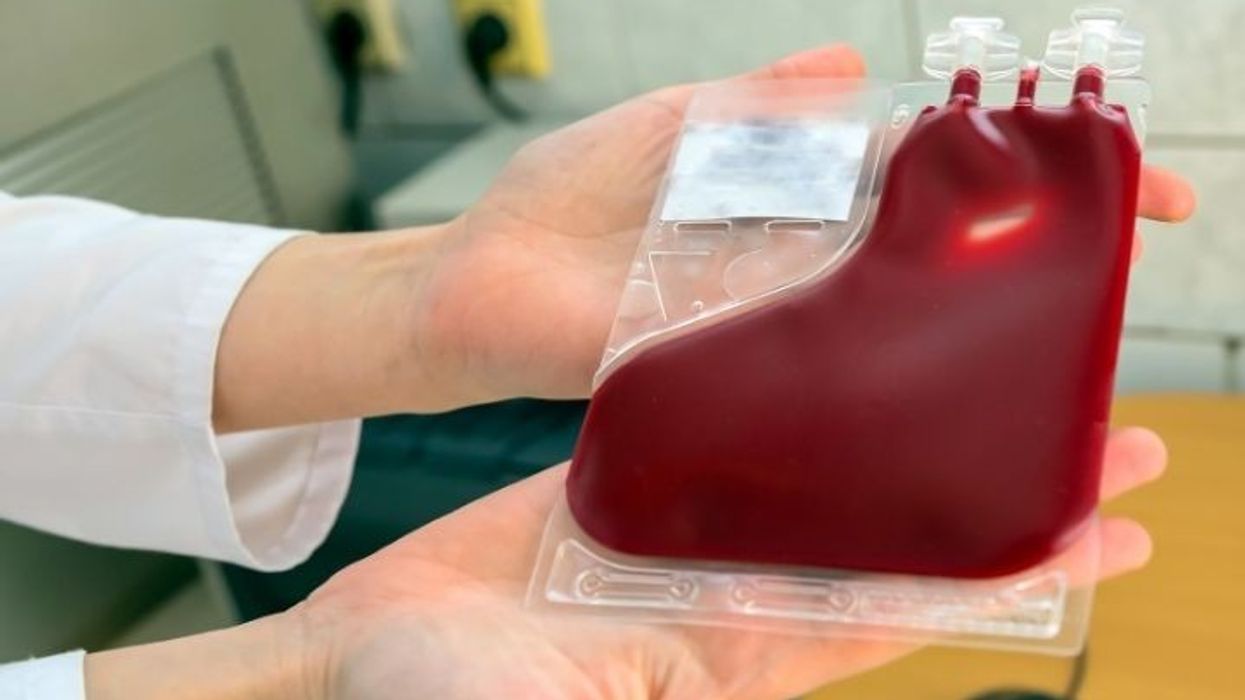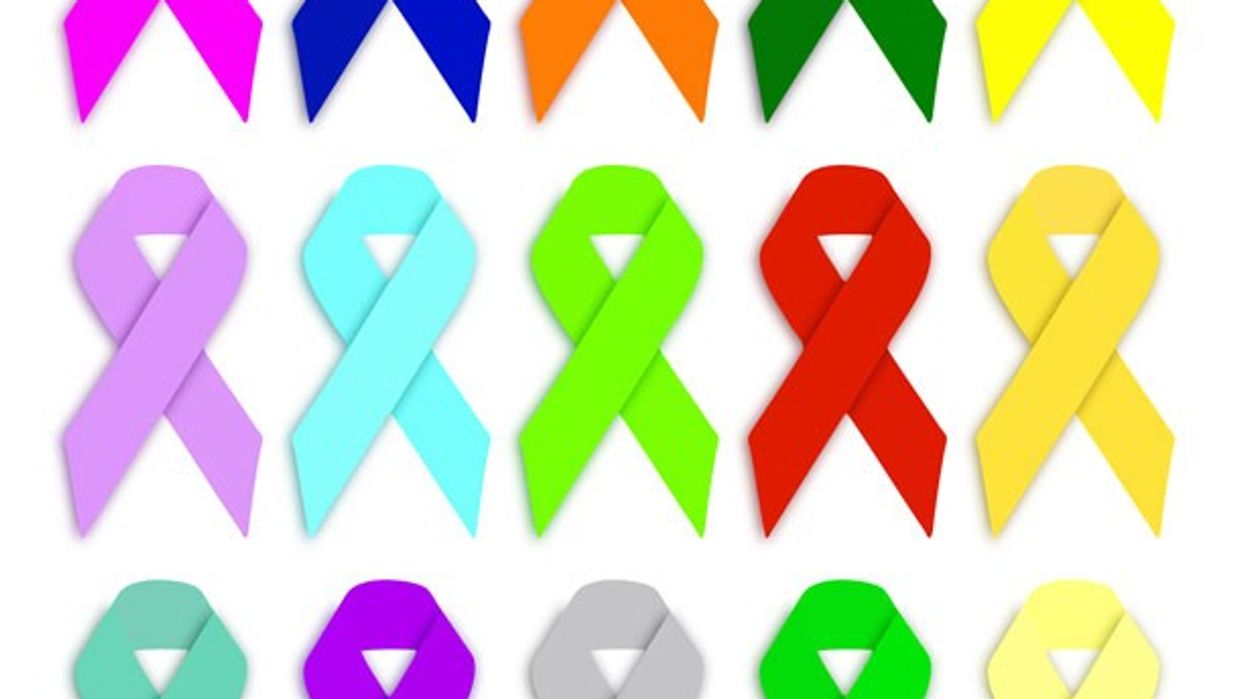Despite advancements in physical and mental healthcare, a persistent and disturbing trend remains: men are less likely to seek medical help when compared to women. This reluctance contributes to poorer health outcomes for men, who statistically have shorter life expectancies and higher rates of serious health conditions. Understanding this phenomenon is crucial for developing strategies to encourage men to engage more proactively with healthcare services.
Societal and Cultural Factors
- Traditional Masculinity Norms: Society often dictate that men should be stoic, self-reliant, and resilient. These traditional masculinity norms discourage men from admitting to health issues, which can be perceived as a sign of weakness. A study published in the American Journal of Men's Health found that men who strongly adhere to these norms are less likely to seek medical help, even when they experience severe symptoms .
- Stigma and Shame: The stigma associated with seeking medical help, particularly for mental health issues, is another significant barrier. Men may feel ashamed to admit they are struggling, fearing judgment from peers and society. According to the American Psychological Association, this stigma is a major reason men avoid seeking mental health care, leading to higher rates of untreated mental health disorders and associated complications .
Psychological Factors
- Fear and Denial: Fear of diagnosis or bad news can deter men from visiting healthcare providers. Many men prefer to remain in denial about potential health problems rather than facing the anxiety associated with medical examinations and potential diagnoses. Research indicates that fear of discovering a serious illness is a common reason men avoid seeking help, perpetuating a cycle of neglect .
- Perceived Invincibility: Younger men, in particular, often believe they are invincible and less susceptible to health problems. This perceived invincibility leads to underestimating symptoms and delaying medical consultations. The National Institutes of Health highlight that this attitude contributes to men engaging less frequently in preventive healthcare practices .
Practical Barriers
- Time and Convenience: Men often cite practical reasons such as lack of time and inconvenience as barriers to seeking medical care. Work commitments and the traditional role of being the primary breadwinner can make it challenging for men to take time off for medical appointments. A survey by the Cleveland Clinic revealed that 61% of men only visit the doctor when they feel seriously ill, with many citing busy schedules as the main reason for avoiding regular check-ups .
- Access and Affordability: Access to healthcare and financial constraints also play a role. Men, especially those without comprehensive health insurance, may avoid medical visits due to cost concerns. This issue is particularly acute for low-income men who might prioritize other financial responsibilities over healthcare expenses. The Kaiser Family Foundation reports that men are more likely than women to be uninsured, further exacerbating the issue .
Addressing the Issue
To encourage men to seek medical help more regularly there are several strategies that have been implemented around the country.
- Public Awareness Campaigns: Raising awareness about the importance of regular health check-ups and early intervention can help shift perceptions. Campaigns that challenge traditional masculinity norms and promote a culture where seeking help is seen as a strength rather than a weakness can be effective.
- Workplace Health Programs: Employers can play a critical role by offering health programs that provide convenient access to medical services. Flexible scheduling, on-site health screenings, and wellness programs can make it easier for men to prioritize their health.
- Improved Access and Affordability: Policies aimed at expanding healthcare access and making it more affordable can reduce financial barriers. Community health initiatives and subsidized healthcare programs can provide support for uninsured and low-income men.
- Mental Health Education: Increasing education about mental health and reducing stigma through targeted programs can encourage men to seek help for psychological issues. Promoting mental health as an integral part of overall well-being is essential.
Men's reluctance to seek medical help is influenced by a complex interplay of societal, psychological, and practical factors. By addressing these barriers through targeted interventions and promoting a culture of health awareness, it is possible to improve health outcomes for men. Encouraging men to take proactive steps towards their health not only benefits them individually but also has positive implications for their families and communities.
References
- Mahalik, J. R., Burns, S. M., & Syzdek, M. (2007). Masculinity and perceived normative health behaviors as predictors of men's health behaviors. American Journal of Men's Health, 1(4), 271-279. American Journal of Men's Health
- American Psychological Association. (2019). Men and mental health. APA
- Addis, M. E., & Mahalik, J. R. (2003). Men, masculinity, and the contexts of help seeking. American Psychologist, 58(1), 5-14. APA
- National Institutes of Health. (2016). Young men’s health: The importance of prevention. NIH
- Cleveland Clinic. (2019). Survey: 61% of men only go to the doctor when they have a serious health issue. Cleveland Clinic
- Kaiser Family Foundation. (2020). Key facts about the uninsured population. KFF
















 Dr. Cary S. Kaufman teaches the "Essentials of Oncoplastic Surgery" course through the National Consortium of Breast Centers, providing breast surgeons around the world with advanced techniques for optimal breast surgery outcomes.
Dr. Cary S. Kaufman teaches the "Essentials of Oncoplastic Surgery" course through the National Consortium of Breast Centers, providing breast surgeons around the world with advanced techniques for optimal breast surgery outcomes.